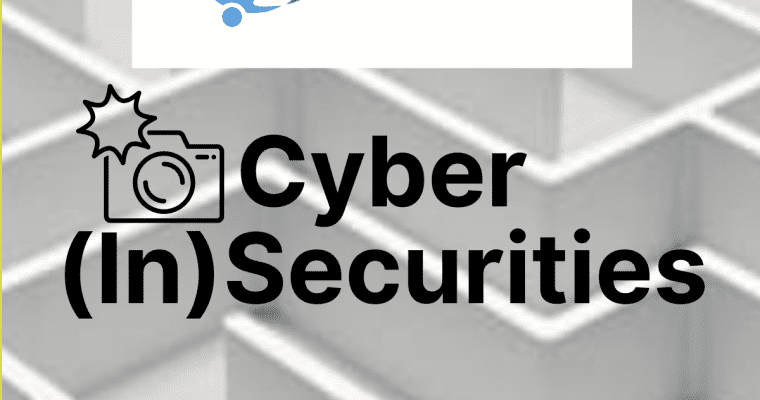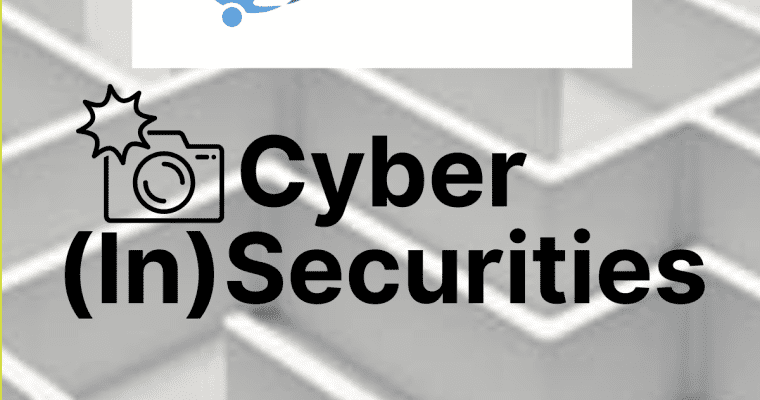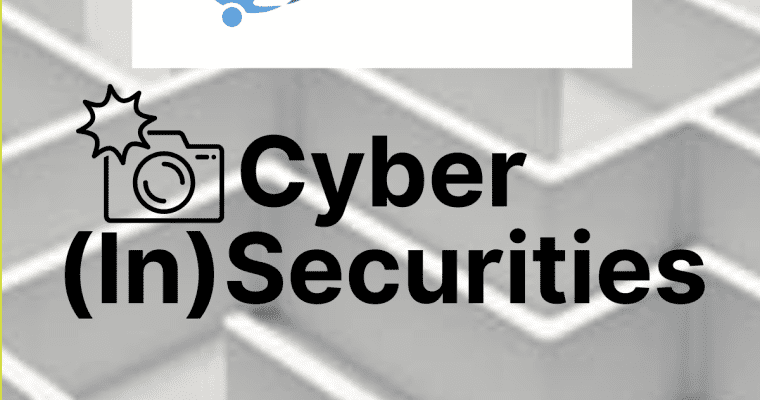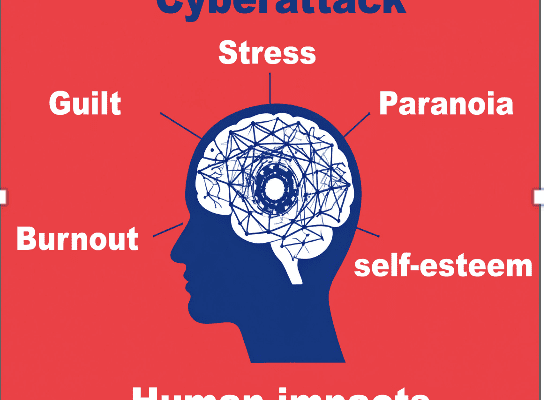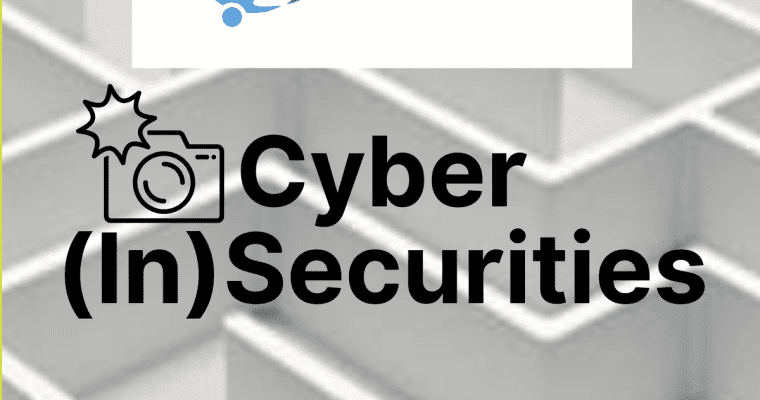AI-Assisted Software Development and the “Vibe Coding” Debate by Nick Kelly
AI Tools for Accelerating Software Development AI-powered coding assistants like GitHub Copilot and ChatGPT have been adopted by developers to help write and review code more quickly. Recent research provides evidence that these tools can enhance productivity in software development: Risks and Critiques of “Vibe …

